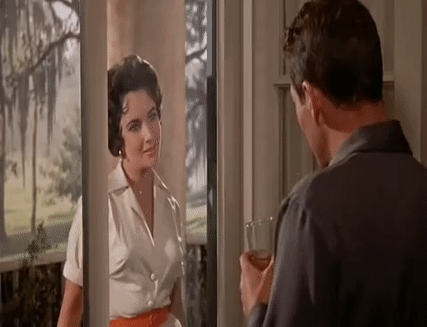What do you think?
Rate this book


208 pages, Paperback
First published January 1, 1955













I have always loved the movie with Elizabeth Taylor and Paul Newman thus decided to find out if the play was similar and was surprised at two major differences....


